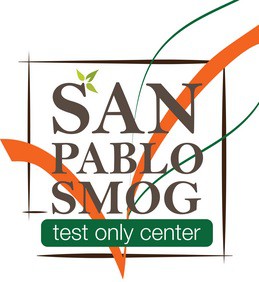Main procedures of a smog check includes:
- Emissions inspection
- Tailpipe excess smoke test
- Visual inspection
- Functional inspection
- EVAP functional test (most 1995 and older vehicles)
It must be performed in that order as required by the California state.
The emissions inspection is done by an exhaust gas analyzer, also called a smog machine. The machine will test your exhaust gases for three basic chemicals: carbon monoxide, nitrous oxides and hydrocarbons, all bad for our environment.
During the visual portion of the smog inspection, the smog technician must locate and verify that all emissions components are present and properly connected. Any defective, missing, modified, disconnected emissions components will fail the smog test.
The functional inspection is mainly conducted by the smog technician, and is hands-on. The smog technician will insure proper operation of ignition timing, check engine light, gas cap, filler neck, and exhaust recirculation system (EGR).
For most vehicles 1976 to 1995, an additional test (EVAP Functional Test) must be performed. A separate EVAP machine is used to apply low pressure into the evaporative system (fuel tank, charcoal canister, vapor hoses, etc) in order to detect any fuel vapor leaks.
Your car has to pass all of these tests in order for it to receive a certificate of compliance.

